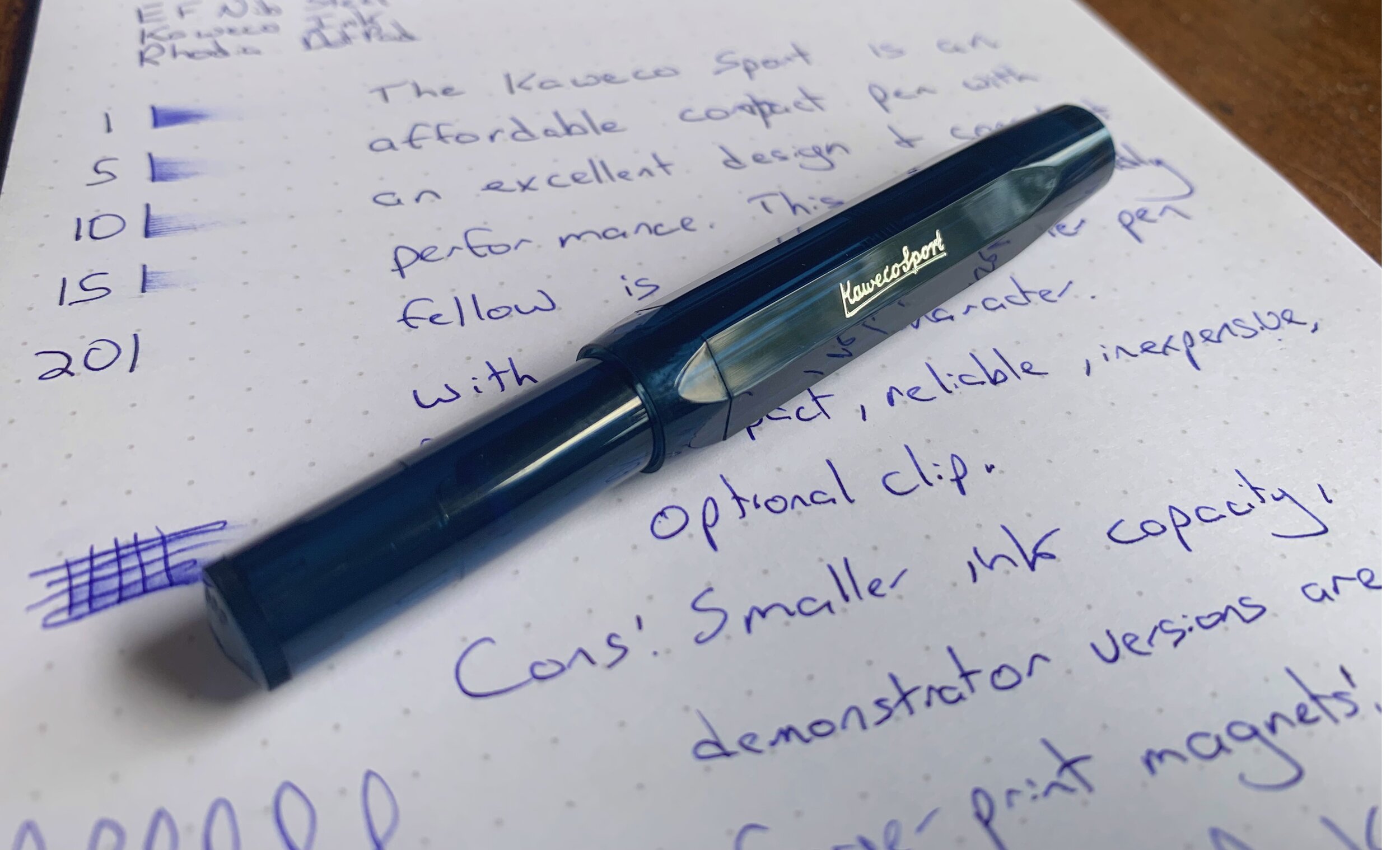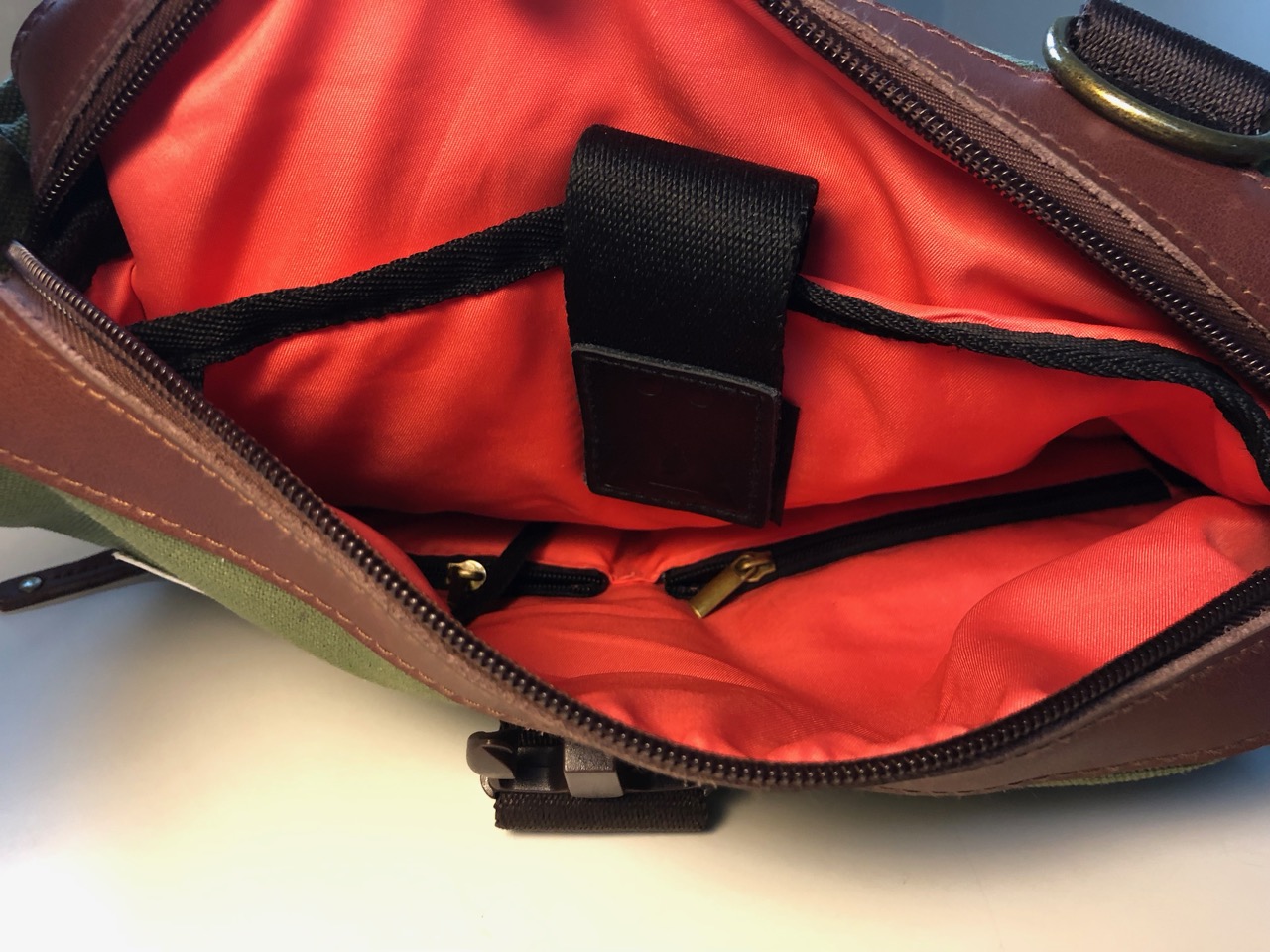My old man hated A Christmas Story, and he would have hated being referred to as my old man. I could drag him through one viewing on Christmas Eve, although I’d keep the film on repeat for the annual 24 hour marathon. When I discovered the trailer for A Christmas Story Christmas, I assumed it was some sort of promotion for Pepsi or greeting cards, not an actual feature-length film. I also assumed that it would be a pile of flaming hot garbage, as are many of the money-grabbing remakes of classic movies. Both assumptions were incorrect.
Thirty-three years after the events of the original move, Ralphie is a struggling author and father of two. As he prepares to host his mom and dad for Christmas, in the family’s small apartment, he receives a call from his mom. His old man has passed away. The tragic turn of events sends his family back to his hometown in Indiana to relive the events of his childhood while coping with the loss of his father.
What the film captured so perfectly is a sense of nostalgia for the past that’s sprinkled with the sweet sadness of the present. As Ralphie drives by tall smokestacks that send black plumes skyward, we start to understand that the fuzzy edges of the first film are gone. Ralphie’s once-bustling hometown is now somewhat dingy and dulled with age. The movie hit upon the types of stories my dad would tell about growing up in the mid-late sixties. Grandpa lugged him around to the bars, and the bartender would lie when grandma called to see if he was drinking the day away. Another time, my grandma, experiencing a possible mental breakdown, brought a gun to the bar and would have put an end to grandpa had he not blocked the hammer from striking with the web of his fingers. These were unbelievably different times, and the film brought dad’s stories flooding back.
My Christmas memories are like bugs in prehistoric amber—locked away in a distorted warm glow and just beyond reach. I can almost feel the butterflies from waiting for Santa and the frosty impact of a snowball as it broke apart, sending icy slush down my shirt collar. Christmas Eve at church was a sight to behold. Off-key singers lead us through the usuals, but it was Silent Night by candlelight that felt special. I long left religion behind, but there’s something about memories of rituals like this that still stir something in my soul.
Dad and I had very different childhoods. I made snow angels while he timed oncoming cars so he could sled between them. I played video games while he shot chickens with a BB gun (a crime for which he expressed regret). He’d sneak the occasional cigarette, but I was too timid to sneak anything. I didn’t find out until his death how dad had been the glue that held his childhood friends together. One of his friends still visits the graveyard to leave flowers on his headstone.
On dad’s last Christmas, I lugged the tree out of the garage and through the undersized backdoor into the house. Dad couldn’t stand for long periods of time, so I assembled the tree, then pushed the wicker bench from the sunroom in front of it. I opened a red storage crate and positioned it next to him so he could sit while being able to reach the ornaments inside. In an odd role reversal, I worked on the top of the tree while he filled in one side of the bottom. When he grew tired of decorating, I went back and filled in the gaps.
Decorating the tree in 2018 would be one of the last somewhat-normal memories I’d make with my dad. He’d be in the hospital by the New Year. There’s no clean cut with death. For a while, it felt as if he just ran to the grocery or to get gas. There were lingering reminders—eyeglasses on the table, Christmas presents already wrapped, a chair with an oddly shaped indentation because he leaned to one side. In the film, Ralphie stares longingly at his old man’s armchair, and I know exactly how he felt.
When Ralphie ventures into the attic, he discovers treasures from his past. I went through something similar when cleaning out mom and dad’s house. The stacks of photo albums, old clippings, toys, and decorations all brought long lost memories rushing back. Dad had sold his records years ago, but the cassette tapes remained. I wish I could have given him a sendoff akin to that in Big Fish—allowed him to float down the river and transform into a giant catfish that would live on in local lore for decades. He deserved such a sendoff. The most we could offer was an eclectic visitation soundtrack that included Ray Steven’s The Streak. It turned a few heads, and it’s just what dad would have wanted.
A Christmas Story Christmas ends with Ralphie taking a seat in his old man’s chair and reading the obituary he’s written for the paper. It’s through processing his grief that Ralphie takes his old man’s place as the familial storyteller and through infusing his old man’s spirit into his work that Ralphie forges a new path forward. As Semisonic sings, “Every new beginning comes from some other beginning’s end.” Dad would have preferred a Creedence lyric.
The holidays are tough for those who have experienced loss. The memories come flooding back, and we’re reminded that those who made them with us are no longer around to forge new ones. But the grief that comes with remembering also provides an important reminder—the people we lost meant something. At first, I hoped to eradicate grief, or at least tie it up in a neat little box. But trying to eliminate the feeling altogether minimizes the importance of our lost loved ones. Sure, we have to learn to continue living and make peace with loss in order to survive and thrive, but to deny the sweet sadness of loss denies the legacy the lost leave behind. With the holidays comes the chance to remember and infuse our new memories with the stories of the past. Here’s to my old man and his stories.






























